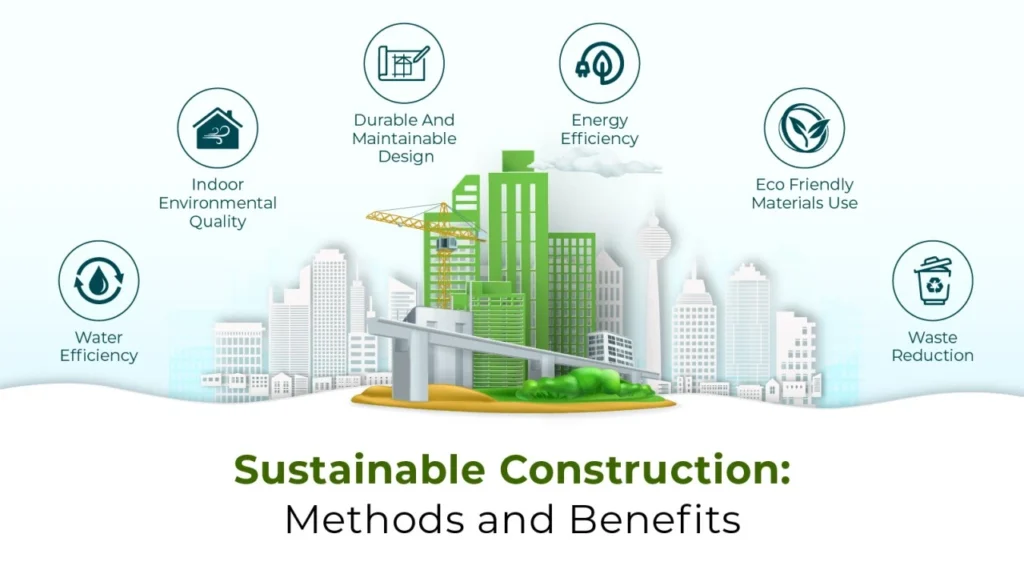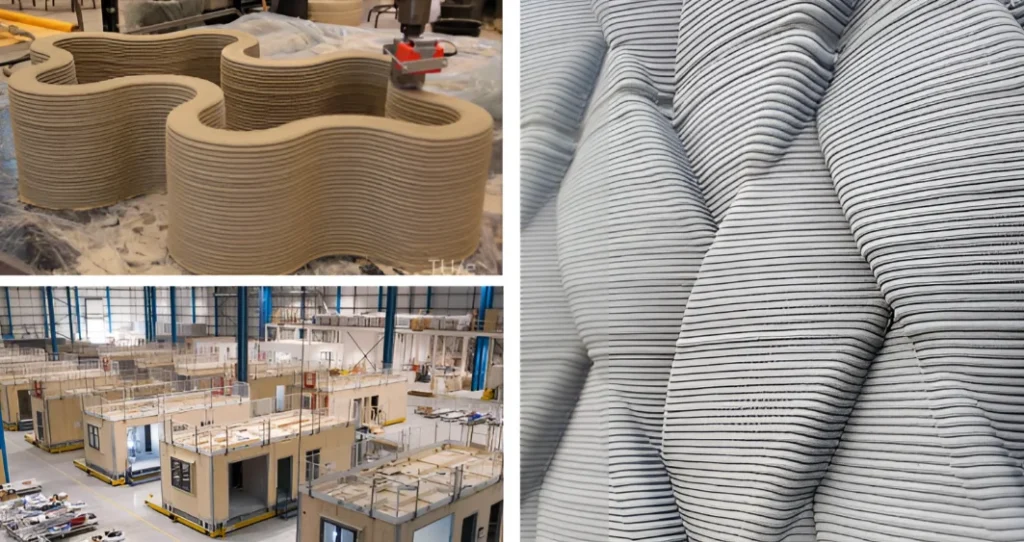Green Building & Development
Green Building & Development
Background
The United Nations has highlighted a global affordable housing shortage affecting approximately 1.6 billion people. Addressing this challenge is crucial, with an estimated 30 million homes needing to be built annually, requiring a tripling of current housing outputs. These efforts aim to ensure access to safe and affordable housing for all, addressing a vital aspect of global development and improving living conditions worldwide.
The construction industry is a significant environmental polluter, contributing to waste and energy consumption on a global scale.


It accounts for approximately 80% of landfill waste and utilizes 70% of the world’s energy. Moreover, it is responsible for about 25% of the world’s carbon footprint. These statistics underscore the urgent need for the industry to adopt more sustainable practices.
Despite the availability of sustainable building methods, these practices are often costly and come at a premium. The high costs associated with sustainable construction materials and technologies hinder widespread adoption. It is therefore crucial for the industry to find cost-effective ways to integrate sustainability into its practices to mitigate its substantial environmental impact.
Opportunity
At Eco Flow, addressing the global housing shortage is a top priority. Recognizing the environmental impact of traditional construction, we leverage sustainable materials and Modern Methods of Construction (MMC) to transform home building. This strategy future-proofs our portfolio, mitigating climate change and resource scarcity risks, ensuring long-term value, and driving industry change.
Our integrated approach involves global collaboration with industry leaders to reimagine housing finance and construction. This includes new finance vehicles and mortgage products, prefabricated construction, sustainable materials, additive manufacturing, robotics automation, and
advancements in CAD technology. By innovating and adopting best sustainability practices, we aim to make housing both affordable and environmentally responsible.
Our vision is to democratize homeownership by developing sustainable, efficient, and affordable homes, Our mission is to provide accessible and sustainable construction methods for all families, regardless of socio-economic background, thereby creating positive environmental and social impacts.
We aim to partner with innovators to streamline the construction value chain from concept to commercialization by eliminating inefficiencies, ensuring financial sustainability for all stakeholders.
Green Building Bio Materials
Green bio-building materials derived from renewable sources include bamboo, hempcrete, recycled wood, mycelium, cork, recycled metal, straw bales, and rammed earth. These materials promote sustainability, reduce carbon footprints, and enhance building performance.
Modern Methods of Construction (MMC)
MMC, or ‘smart construction,’ involves innovative approaches to building homes such as constructing structural units off-site and assembling them on-site. Comparing modular and traditional construction reveals significant advantages, including substantial reductions in material use and waste generation. Off-site manufacturing minimizes on-site time and energy consumption, thereby lowering pollution and site disruption.
Technological advancements like 3D printing, robotics, and automation play a pivotal role in revolutionizing construction practices. Through education and skills development, these technologies complement human capital, transforming how we approach building methodologies.
Key innovation pillars include
- Computational Design and Digital Data AI
- Optimization of Off-Site versus On-Site Construction Methods
- Composite Fabrication
- Robotics and Automation in 3D Printing
- Innovation in Green Building Bio Materials
Benefits of Modern Methods of Construction
- Speed and efficiency
- Enhanced safety
- Improved sustainability
- Better project control and quality
- Reduced disruption
- Predictability of outcomes
- Enhanced building performance with fewer defects
- Increased social value through job creation for non-traditional labor forces